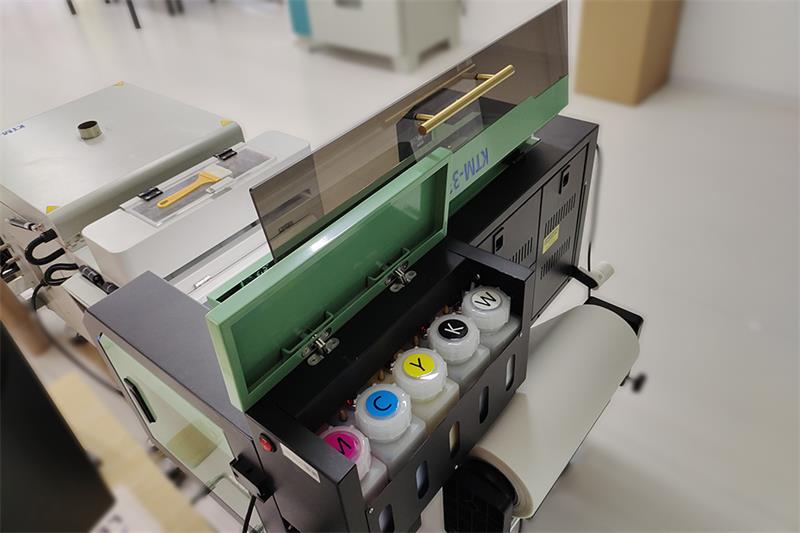Achieving smooth color transitions, also known as seamless gradient prints, in UV printing requires attention to specific factors. Here are some tips to help you achieve smooth color transitions in your UV prints:

1. High-Quality Artwork and Resolution: Begin with high-quality artwork that has a high resolution. The higher the resolution, the smoother the gradients will appear in the final print. Ensure that the artwork is created or prepared in a vector format or at a high DPI (dots per inch) to maintain the integrity of the gradients.
2. Color Calibration and Printer Settings: Calibrate your UV printer to ensure accurate color reproduction. Adjust the printer settings, including color profiles, ink density, and print head settings, to achieve the desired smooth gradient effect. Fine-tuning these settings can help avoid banding or abrupt color shifts.
3. Gradual Color Transitions: When designing gradients, use a gradual transition from one color to another. Avoid sharp or sudden changes in color, as they can result in visible banding. Instead, create smooth and subtle transitions between colors to achieve a seamless gradient appearance.
4. Test Prints and Color Sampling: Before printing on the final substrate, perform test prints on similar materials to evaluate the color transitions. This allows you to make adjustments to the artwork, printer settings, or color profiles if necessary. Consider creating color swatches or gradient charts to assess the smoothness of color transitions.
5. Optimal Ink Laydown and Print Speed: Ensure that the UV ink is applied evenly and consistently during printing. Inconsistent ink laydown can cause uneven color transitions. Adjust the print speed and ink droplet size to achieve the optimal ink coverage for smooth gradients.
6. Substrate and Surface Preparation: Properly prepare the substrate by ensuring it is clean, smooth, and properly primed if required. Any imperfections or roughness on the surface can affect the smoothness of the color transitions. Additionally, choose substrates that are suitable for UV printing and can provide good ink absorption and adhesion.
7. UV Lamp Intensity and Curing: UV printing involves curing the ink with UV lamps. Ensure that the UV lamp intensity is properly calibrated for optimal curing. Inadequate curing can result in ink bleeding or smudging, affecting the gradient appearance. Properly cured prints contribute to better color saturation and smoother transitions.
8. Post-Printing Finishing: After printing, consider applying a protective coating or varnish to the printed surface. This can help enhance the appearance of the gradients and provide additional protection against scratches or fading.
By paying attention to these tips and factors, you can achieve smoother color transitions and seamless gradient prints in your UV printing projects. Regular experimentation, testing, and fine-tuning of settings will help you achieve the desired results.
kenteer has launched UV Printers for customers . If you have any needs, you can contact us for a quote.
